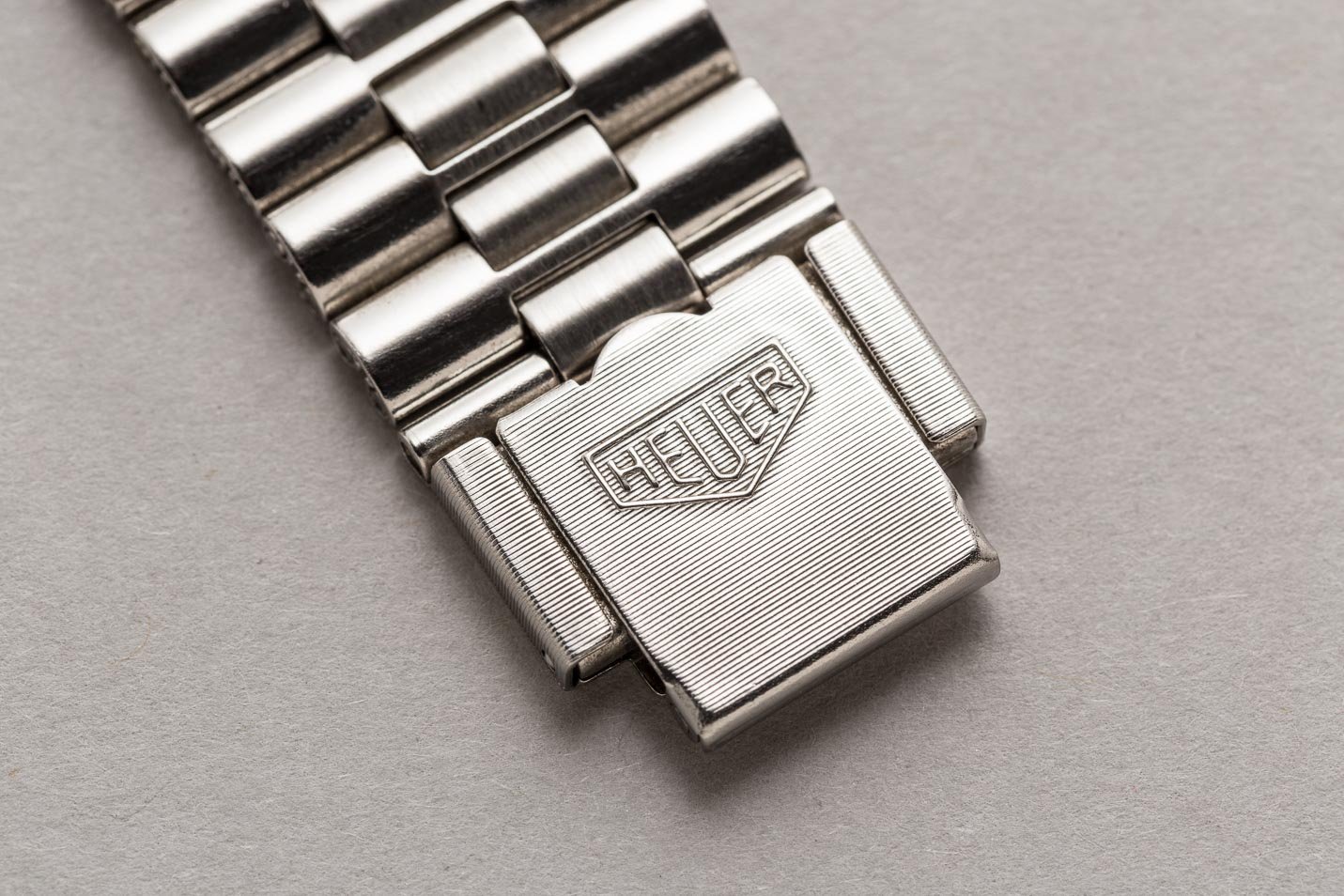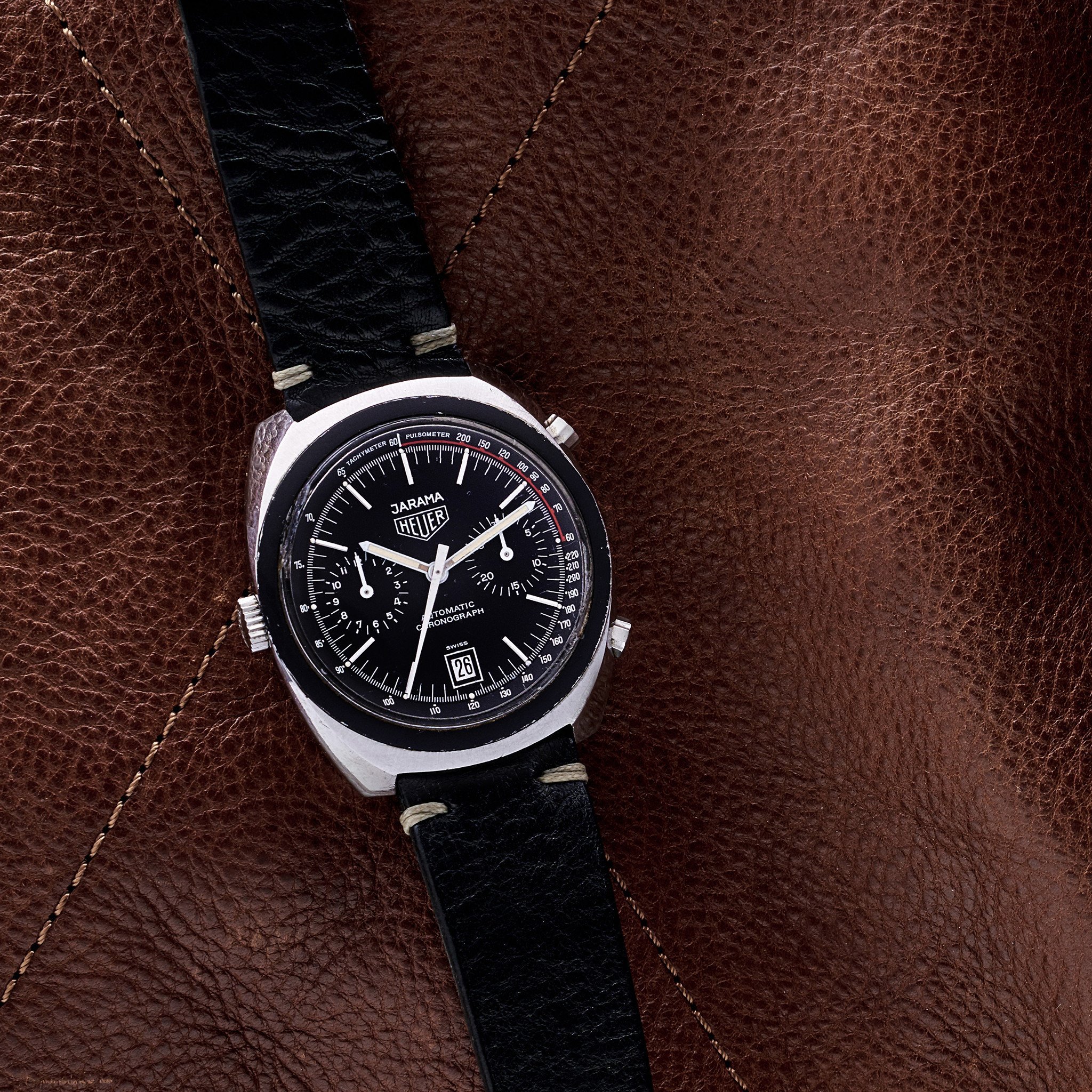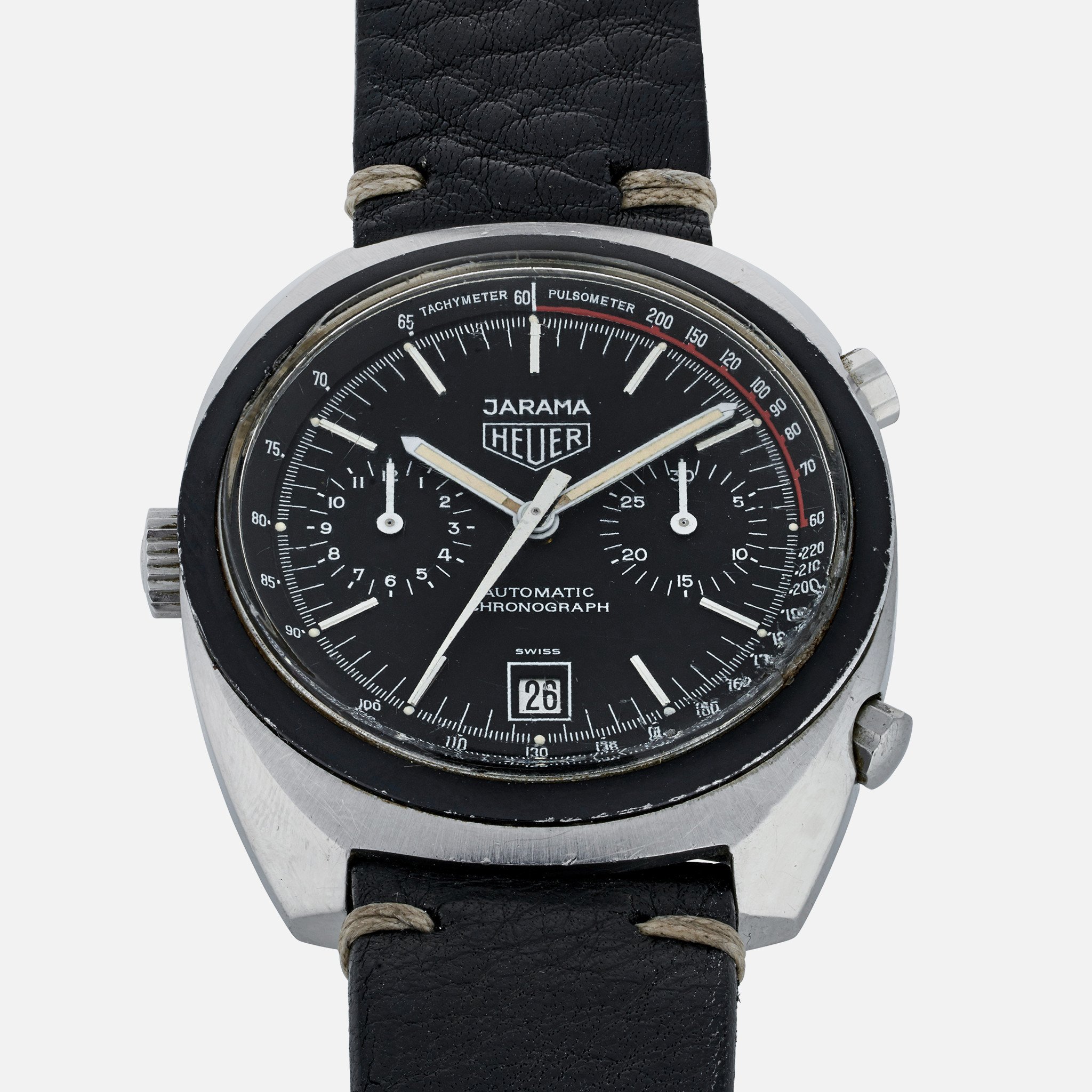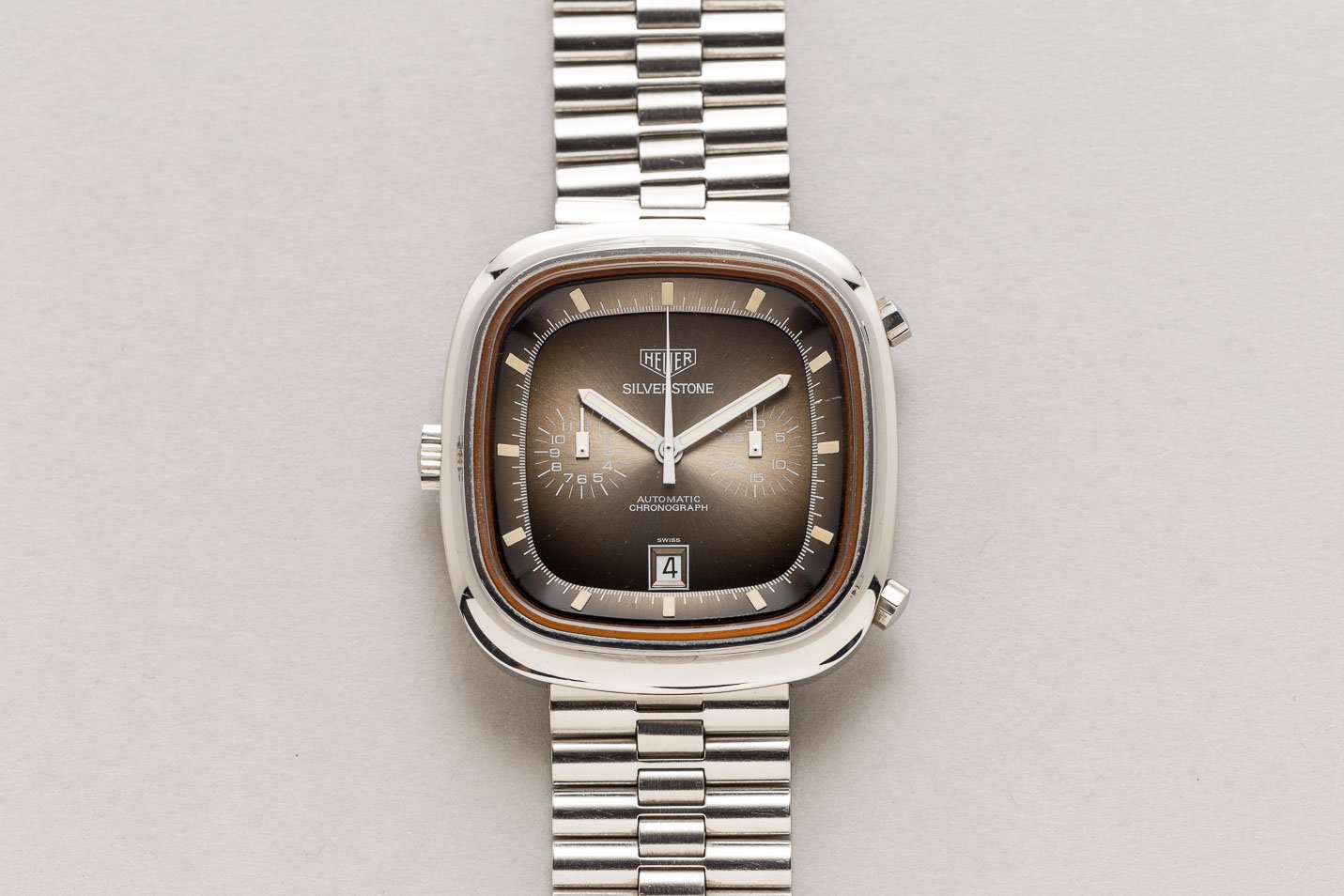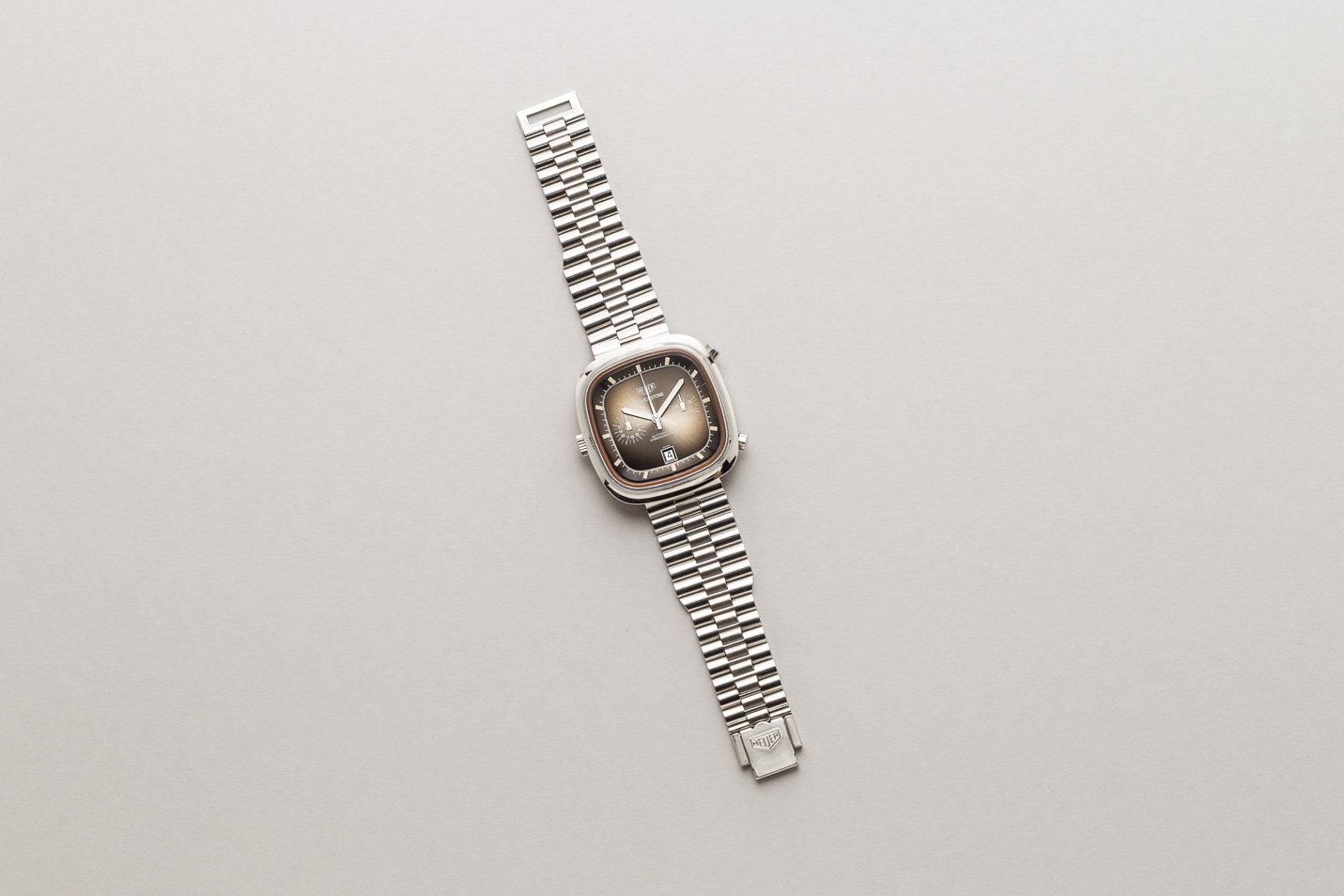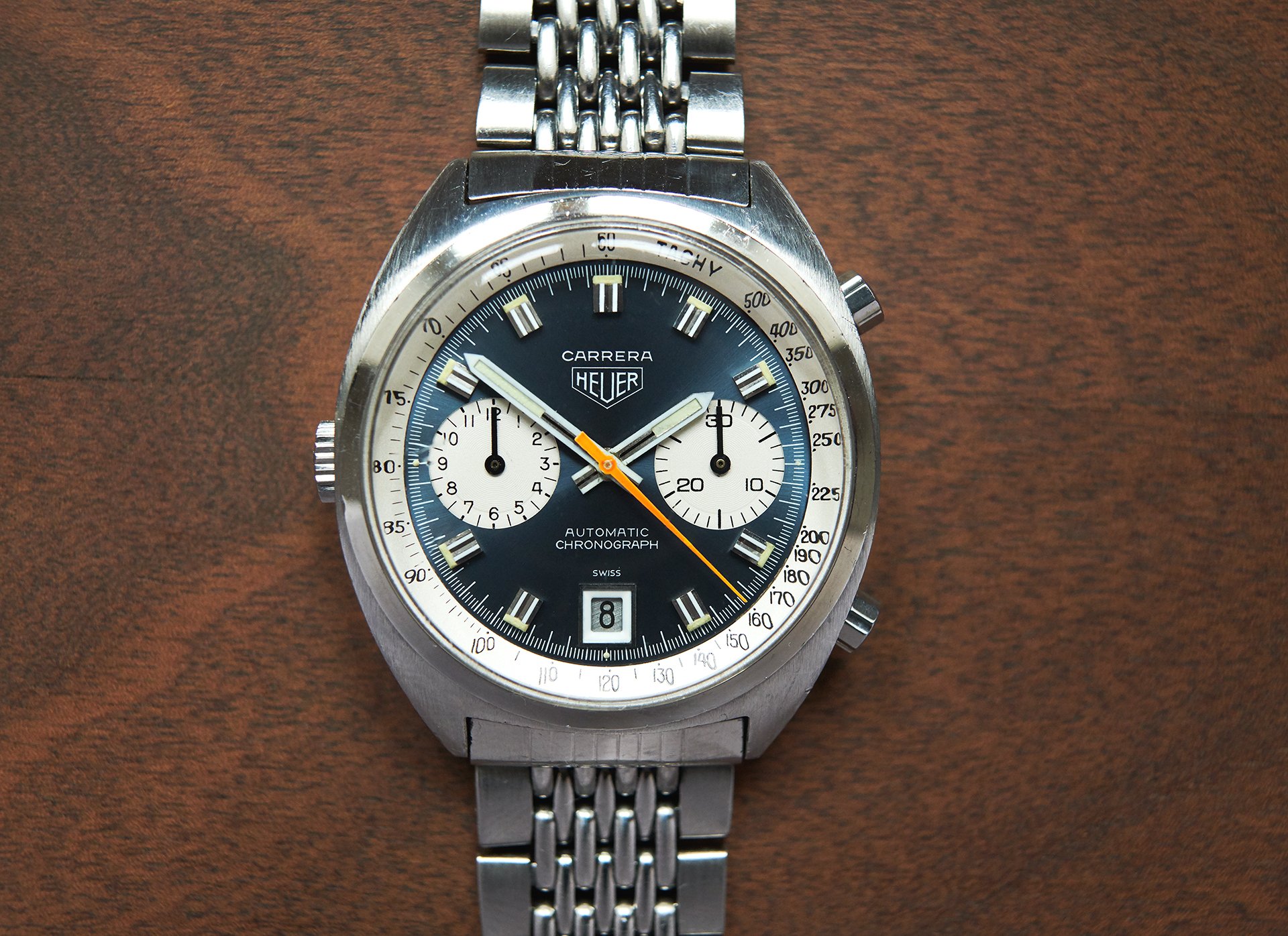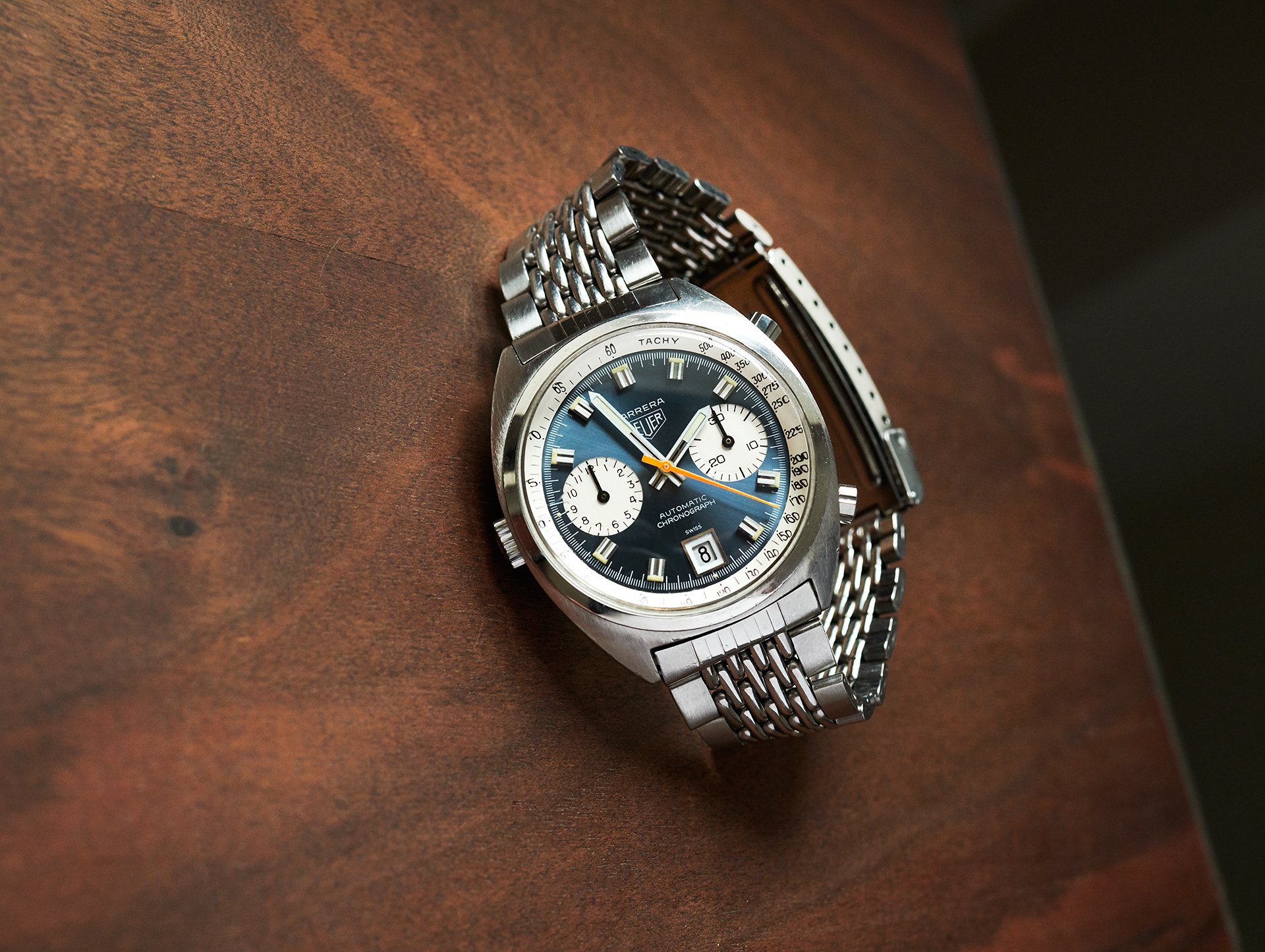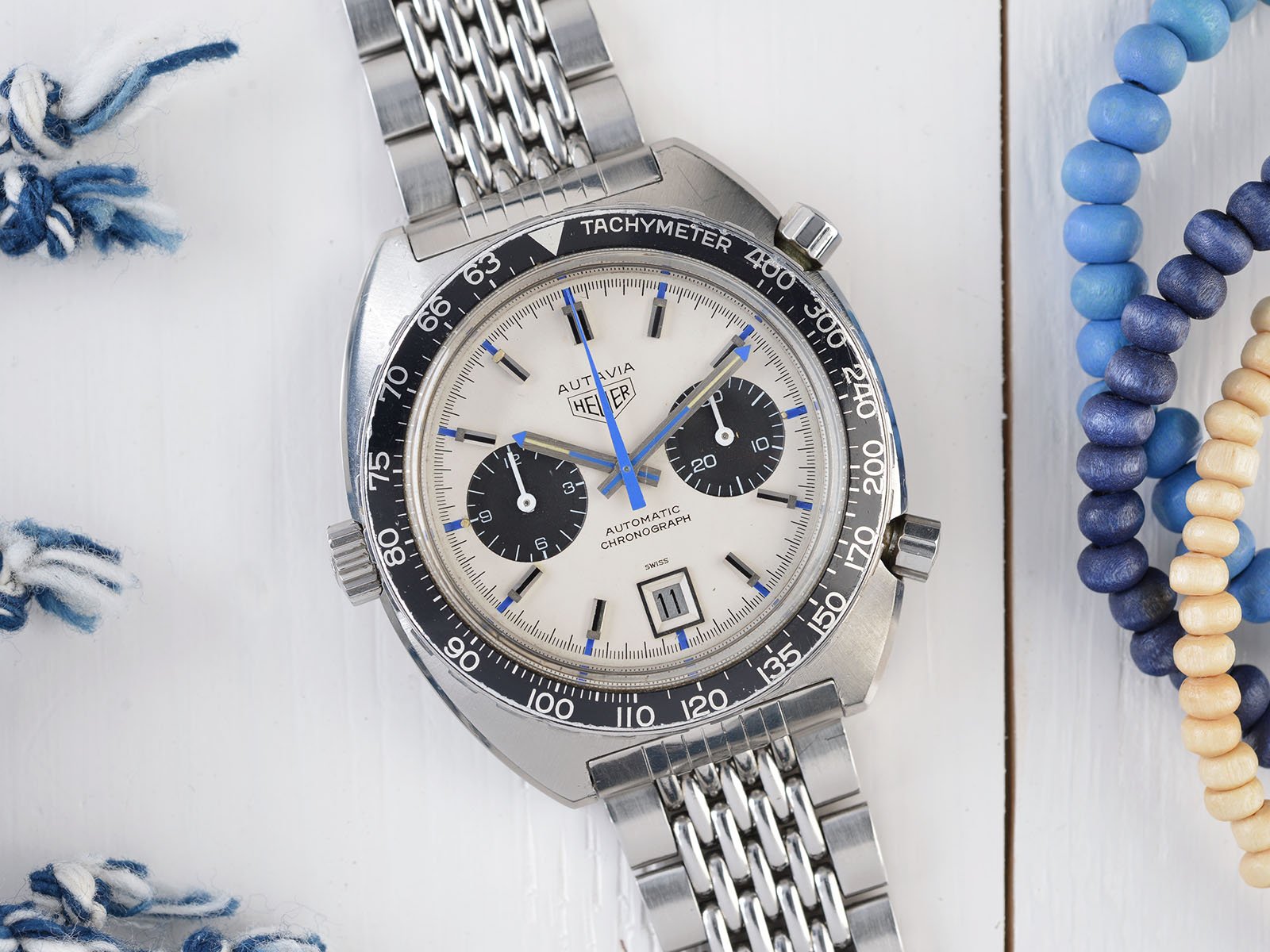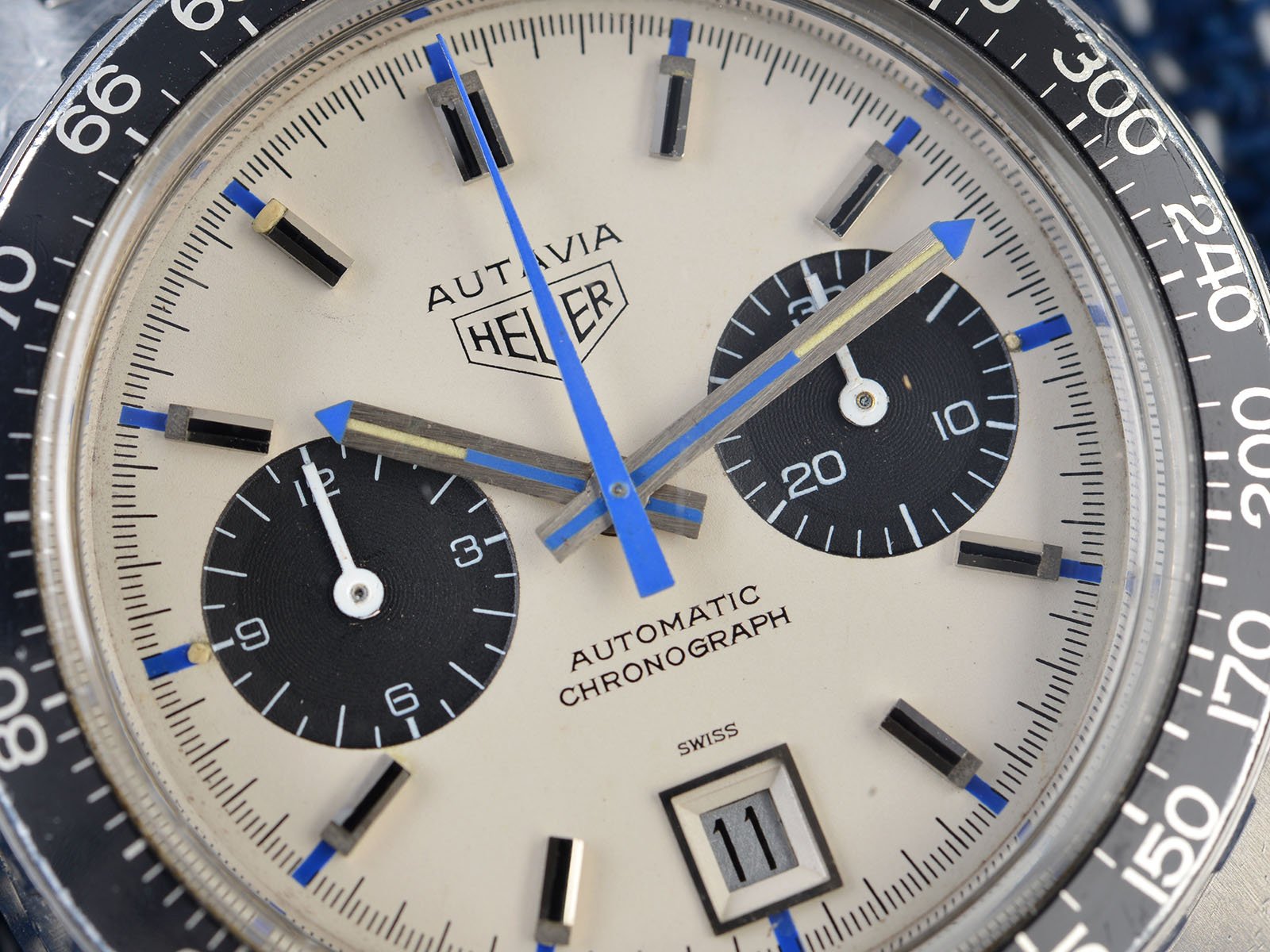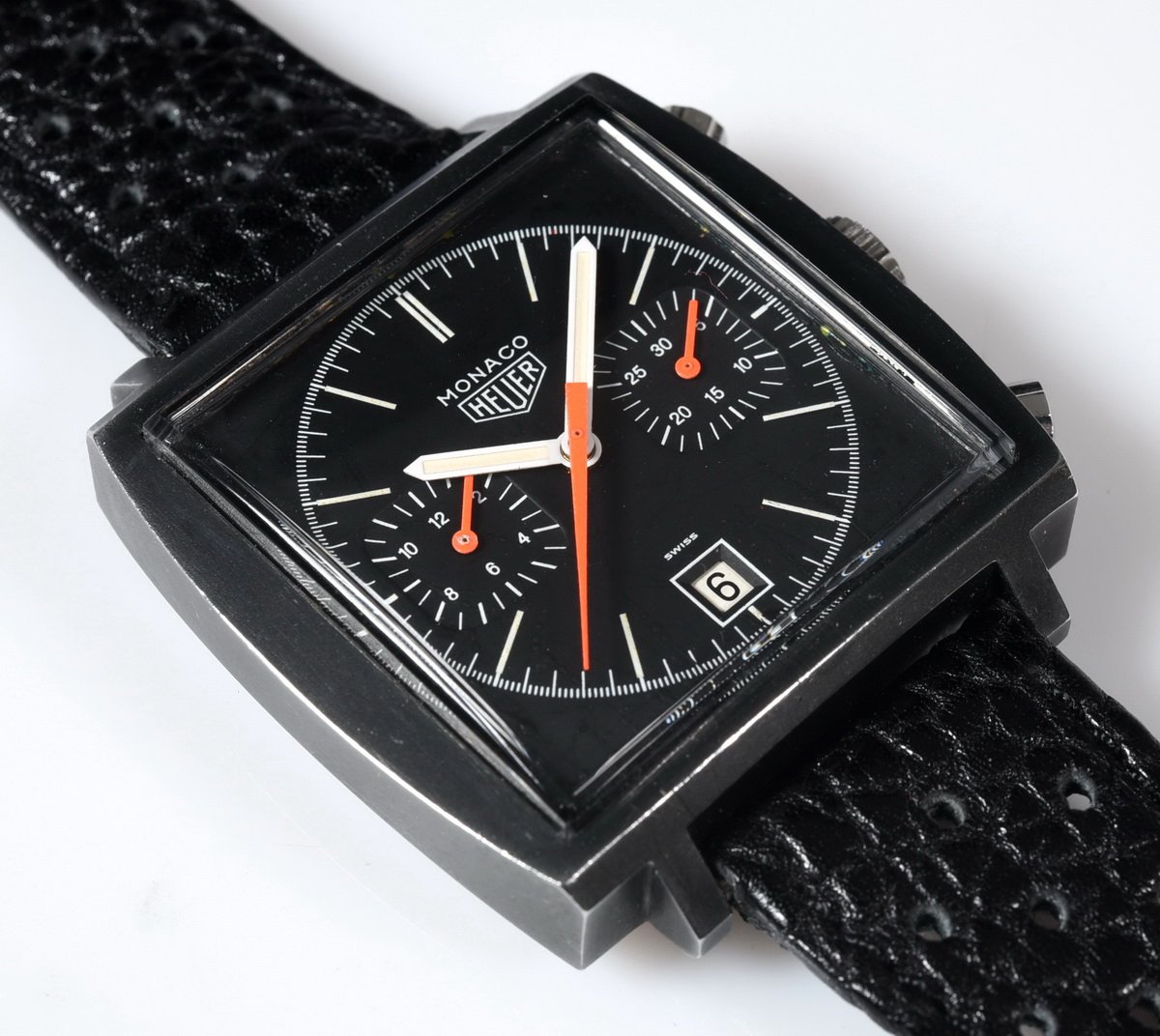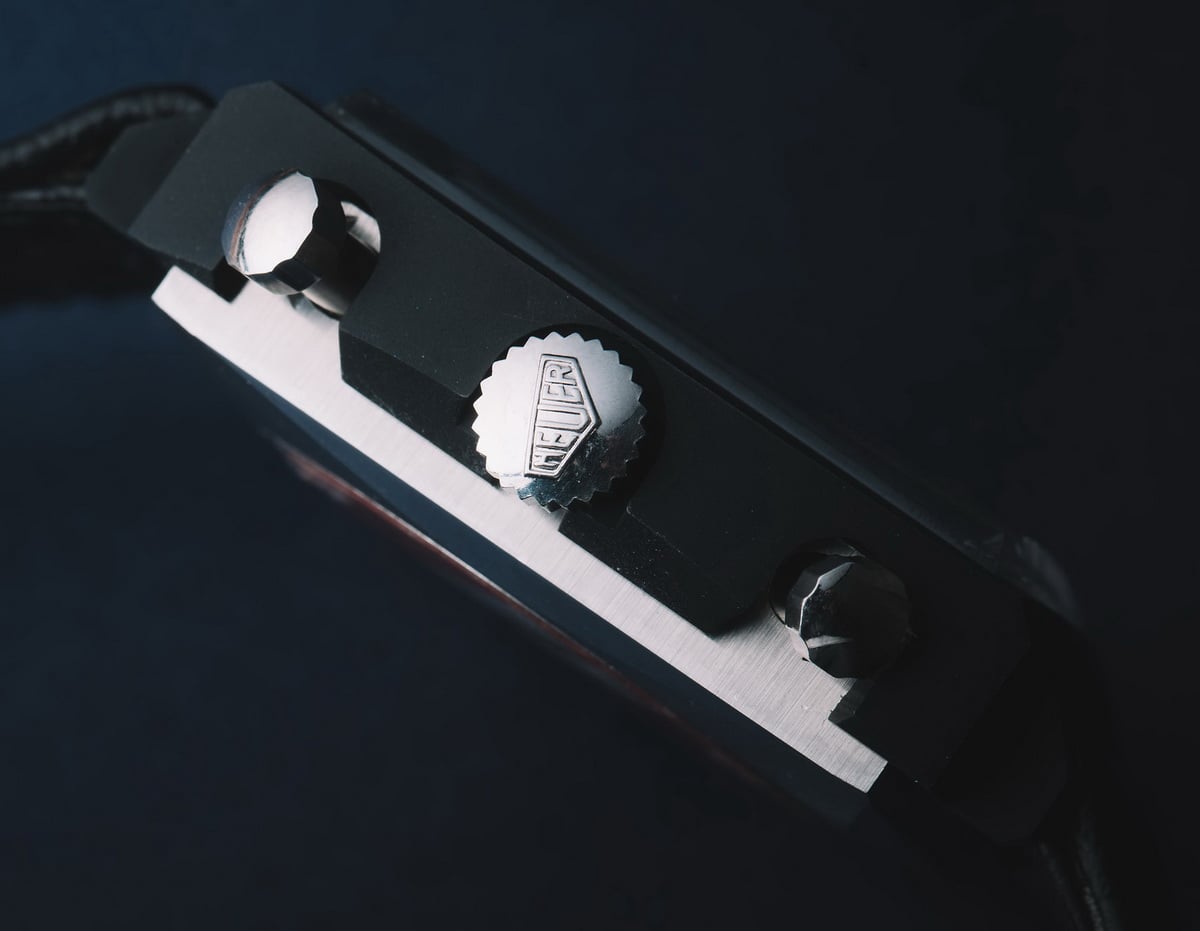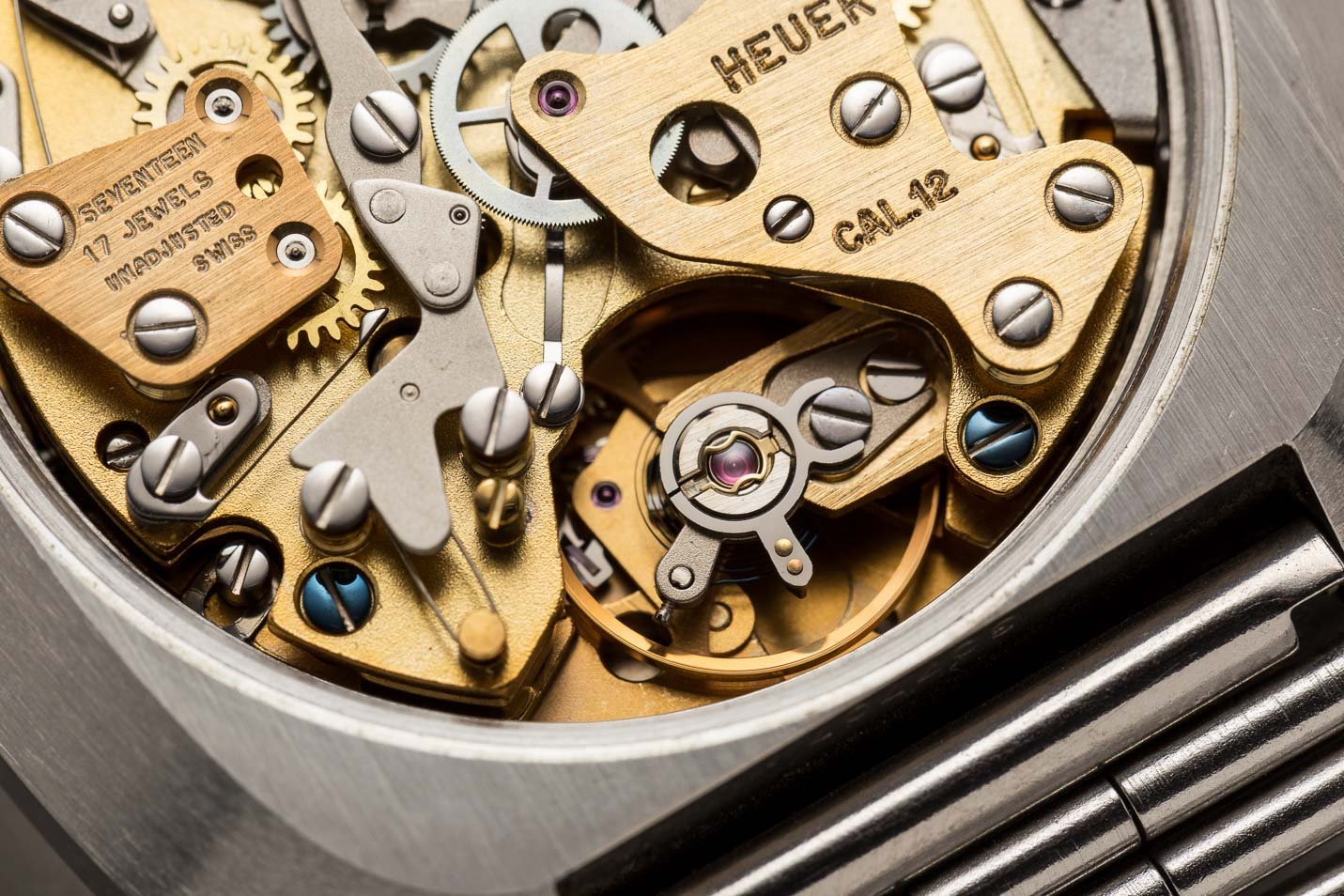Buying Guide: The Best Heuer Watches From The 1970s
We like to talk about vintage watches a lot within the Fratello team. While the daily routine is largely focused on the most recent developments in the world of watches, the most fun for many of us lies in the world of vintage watches. It’s a world full of history, remarkable watches, incredible stories, and quirky details. It inspired us to come up with a series of articles focusing on the best watches per decade from a select group of brands. Some of them priceless, some of them still affordable. In this installment, we will take a look at the best Heuer watches from the 1970s.
In the 1960s, we witnessed developments that challenged the status quo of watch design forever. The sheer amount of watches that pushed the visual boundaries of what was known and accepted was enormous. On top of that, we also saw great technical developments with the race to produce the first automatic chronograph as the most significant of the decade. The 1970s took it to a whole new level. When it comes to watch design, the seventies can only be described one way: no holds barred! The number of extravagant watches is countless. The quest for new shapes, the introduction of explosive colors, and the introduction of the automatic chronograph movement marked a wild time in the watch industry. It was a time that gave us some of the best collectible vintage watches ever made.
Heuer in the 1970s
In the 1970s, Heuer continued on the successful journey the brand had mapped out in the sixties. With Jack Heuer at the helm, Heuer introduced new versions of the iconic Carrera, Monaco, and Autavia in the 1970s. On top of that, the brand also introduced quite a few new models such as the Silverstone, Montreal, Daytona, and the Jarama, amongst others. As I mentioned in the article about the best Heuer watches from the 1960s, I love the great variety of designs the brand created. In the 1970s, this was no different. Many of the introductions definitely have a typical 1970s signature. Some of them have gone on to become widely recognized icons, and others have become true niche collector’s pieces.
In terms of movements, we saw a big shift to automatic movements. With the introduction of the automatic chronograph Calibre 11 in 1969, many new introductions were powered by the new movement or variations of that movement. But you will still find some amazing pieces with manual-winding movements, especially from the early 1970s. But the quartz revolution also had its impact on Heuer. The brand decided to explore the quartz territory with the introduction of the Chronosplit in 1975. In the late 1970s followed by more quartz models. As a result, the 1970s is an interesting decade with many different Heuer releases. Let’s take a look at five great Heuer watches from the 1970s.
The entry-point — Heuer Jarama ref. 110.223
The first pick of this list is the Heuer Jarama that was introduced in 1977. When it comes to Heuer in the 1970s, Heuer collectors generally speak about three different periods. The first is the Chronomatic period with the second generation Carrera, Monaco, and Autavia. The second is the expansion period that sees the introduction of the Silverstone, Montreal, and Calculator. The third period was the late seventies when Heuer introduced some lesser-known models that are also less collectible than the watches that came before. One of these lesser-known watches is the Heuer Jarama. Named after the Circuito del Jarama race track located outside Madrid, this racing chronograph combines ’70s style with the famous Caliber 12 movement.
Heuer introduced three different versions of the Jarama in 1977. The first is a bi-color version that features a stainless steel case with a fluted gold-plated bezel and a black dial. The second features the same stainless steel case with a gold-plated fluted bezel but with a champagne-colored dial and steel and gold-capped bracelet. Both of them are rather extravagant and stand in heavy contrast to the stainless steel version with the black PVD bezel and black dial that came with a stainless steel bracelet with black center links. What I love about the Jarama is that its style can definitely be defined as the ’70s, but it has a more contemporary feel to it than, for instance, the Heuer Montreal.
Perfect readability
Inside the 39mm cushion-shaped case, you will find the Heuer Caliber 12 that the brand used for many of its watches from the 1970s. As you will see, most of the watches on this list are powered by this iconic movement. At 39mm, the Jarama is a bit smaller than many of its Heuer peers from the late 1970s, but it still is very wearable by today’s standards. What I like about the Jarama is it shows perfectly why Heuer chronographs are such incredible watches. The readability of the dial — as with so many classic Heuer chronographs — is absolutely incredible. On top of that, I love the little red detail in the form of the red pulsation track.
Back in the late 1970s, the stainless steel Heuer Jarama was special with its black PVD bezel and steel and black PVD bracelet. Unfortunately, not too many of the original bracelets have survived the last 45 years in good condition. Luckily the Jarama also looks very nice on a leather racing strap. But if you happen to come across a Jarama with the original bracelet, don’t hesitate because it shows the original brilliance of the watch. Finding a Jarama is not that easy, however. Both the bi-color versions and the stainless steel version are pretty rare. If you do find one, expect to pay roughly between 3K–5K for one. Compared to many of the other vintage Heuer pieces, that’s a bargain.
My Choice — Heuer Silverstone ref. 110.313 F
My pick for this list is the Heuer Silverstone 110.313 that was introduced in 1974. As I explained in the article about the best Heuer watches from the 1960s, the Heuer Monaco wasn’t exactly a commercial success. That’s why Heuer decided to replace it with the Silverstone after 5 years. The successor to the Monaco was, in many ways, a lot less divisive. It still features a square-shaped case, but its rounded edges give it a more elegant presence. It changes the shape from a square shape with sharp edges to a “TV shape” with an elegant presence that perfectly fits the design trends of the 1970s. On top of that, the dial design was a lot less colorful than the Heuer Monaco.
It’s funny how design works. I am generally not a fan of square-shaped watches with sharp edges. So while I recognize the Monaco as the icon it is, it’s not one of my favorite classic Heuer releases. But a square shape with rounded edges is one of the most interesting shapes for watches if you ask me. I love the Speedmaster TV Dial ref. ST176.0014 and the Patek Philippe Nautilus is obviously another iconic watch that uses that shape to great success. It’s also why I love this Heuer Silverstone. The Silverstone line was very straightforward. Heuer introduced the same watch with three different dial color options, and that was it. The dial colors were blue, brown fumé, and red.
A ’70s style statement
But it didn’t stop there. All three of the colors had different finishes. The blue version came with a metallic blue inner-bezel and matte blue dial. The red version has a gloss red dial and inner bezel. My favorite version is the version with the brown fumé sunburst dial and matching inner-bezel. Another element I love about the Silverstone is the incredible stainless steel bracelet. As you can see in the pictures, it is a bracelet that combines incredible style with great comfort. And I love how it doesn’t taper gradually but uses one link to taper to a smaller size. But as you would expect, not that many have survived the last almost five decades. It’s why you will find most vintage Heuer Silverstones offered on a leather strap.
Inside the 42mm case, you will find the Heuer Caliber 12 that powered so many of the Heuer releases in those days. It is an updated version of the Heuer revolutionary Caliber 11 that the brand introduced in 1969. A feature that characterizes Caliber 11 and 12 is the placement of the crown on the left side of the case. I love that specific quirk because it creates a nice visual effect. TAG Heuer actually introduced a re-issue of the Silverstone in 2010 that looks very much like the original from the 1970s. But nothing beats the original, in my opinion. Finding a Silverstone is not that hard. But expect to pay between 5K–10K for one. If you find one in great condition with the original bracelet intact, you could expect it to go for more than 10K. But what you get in return is one of the coolest watches from the 1970s.
Money is no object #1 — Heuer Carrera ref. 1153 N
The Heuer Carrera 1153 N is part of what is known as the second generation of the Carrera line. The first generation was produced from 1963 until 1969. It is considered the classic Heuer Carrera. The first generation is characterized by its 36mm round-shaped case with elegant lugs and immaculate dial design in monochromatic colors. In my article about the best Heuer watches of the 1960s, I touched upon how clean looks guarantee incredible legibility on the first generation Carrera ref. 2447 S. The second generation Carrera is completely different from the first. The introduction of the Caliber 11 sparked this revolution. The iconic automatic chronograph movement needed a different case. On top of that, the times had changed, so it was a good opportunity to create a completely different design for the second generation Carrera.
The new Carrera was part of the trio of watches along with the Monaco and Autavia that Heuer introduced with the new Chronomatic Caliber 11. The second generation Carrera is characterized by its 39mm C-shaped case with much shorter and squarer lugs. Characteristic for all the new Chronomatic models is the placement of the crown on the left side of the case and the two chronograph pushers on the right side. Additionally, Heuer introduced a bit more color with the orange central chronograph hand. But it didn’t stop there as the brand also introduced the new Carrera with a blue dial and contrasting white registers. This combination of shapes and colors was a complete break from what we know from the classic Carrera. By doing so, Heuer created a second-generation Carrera that is widely considered an icon by collectors.
Away with Chronomatic
But there was one problem with the new Carrera, or rather, all the new Caliber 11 introductions. Jack Heuer recognized that the word “Chronomatic” didn’t mean anything to consumers. It’s why he changed the dial layout for the Caliber 11 Monaco, Autavia, and Carrera models. On the initial models, the “Chronomatic” was placed above the Heuer logo. Heuer had “Chronomatic” replaced by the model name above the logo. On the lower half of the dial, the model name was replaced by “Automatic Chronograph.” As Jack Heuer ordered the change fairly quickly after the introduction in 1969, only a small number of pieces were produced with Chronomatic on the dial. It makes them incredibly sought-after by Heuer collectors.
While the second generation of the Carrera was introduced in 1969, most models were released in the 1970s. In 1971 Heuer introduced the updated Caliber 12 that replaced the Caliber 11 in the Carrera models. Next to the blue dial version, Heuer also offered the Carrera 1153 with a silver dial with contrasting black sub-dials. The watch you see pictured is a third execution Carrera ref. 1153 N. It is different from previous executions as it features wide markers and 1-through-12 numerals on the hours register at 9 o’clock. I particularly love this execution as it oozes ’70s style. Finding a Heuer Carrera 1153 is definitely possible. Expect to pay roughly 4K – 7,5K for one depending on the condition. Rare versions like the first execution “Chronomatic” dial or the Carrera 1153 “Abercrombie & Fitch” go for a lot more, mostly at auctions.
Money is no object #2 — Heuer Autavia ref. 1163 T “Jo Siffert”
This list would not be complete without the legendary Autavia 1163T “Jo Siffert.” When I got interested in watches some twenty years ago, this is the model that I associated with the Autavia name. The watch gets its nickname from Swiss Formula 1 driver Joseph “Jo” Siffert. He drove 96 Formula 1 races from 1962 to 1971 before he died in a tragic racing accident at Brands Hatch in the United Kingdom. Siffert was the first race car driver sponsored by Heuer. But he was also a big Heuer fan and always pushed fellow Formula 1 drivers to buy and wear Heuer chronographs. At one point in the early ’70s, almost everyone in Formula 1 owned a Heuer of some sort.
Siffert himself wore the Heuer Autavia 1163T “Chronomatic” or Mark I. This first-generation 1163T was introduced in 1969 and is characterized by its C-shaped case, black bezel, and white dial with blue accents. Heuer introduced a string of different dial variants from Mark 1 up to Mark 6, with the latter being introduced in 1972. As with the second generation Carrera models, the first Autavia 1163 dials can be recognized because the word “Chronomatic” is placed above the Heuer logo. As I explained, Jack Heuer had the word removed, and the majority of vintage Autavia 1163 models feature the updated dial layout.
Hints of blue
The word “Chronomatic” obviously referred to the famous automatic Caliber 11 movement inside the 42.5mm case. Heuer used it for the Autavia 1163T Mark 1 until Mark 4. In 1971 Heuer introduced the updated Caliber 12 for the Autavia, including the 1163T Mark 5 and Mark 6 models. This updated movement improved the operation frequency from 19,800vph to 21,600vph. Additionally, Heuer also improved the overall construction to improve the shock resistance. The Mark 5 and Mark 6 series also introduced brushed steel hands with blue inserts and tips. Earlier executions featured polished hands with luminous inserts. The watch pictured is a Mark 5 that features the extra blue elements, as you can see.
But what it’s all about for me when it comes to the 1163T “Jo Siffert” is its overall design. The combination of the case design and color configuration has made this into an icon. And looking at those colors, they still look very crisp. I prefer the look of the watch on the Gay Frères double rice stainless steel bracelet as pictured, but the watch also looks stunning on a vintage-inspired leather racing strap. Finding an Autavia 1163 T Chronomatic Mark 1 is very tough. Finding one of the later versions is definitely possible. But as you would have guessed, icons do not come cheap. Prices for an Autavia 1163 T “Jo Siffert” are roughly between 10K – 15K. But that will not just buy you a unique-looking watch with an iconic movement; it also tells the amazing story of Formula 1 legend Joseph Siffert.
Money is no object #3 — Heuer Monaco ref. 74033 “Dark Lord”
The last watch on this list is a legendary Monaco. How could I not feature it, right? Well, I could have, as I discussed the first generation Heuer Monaco in the article about the best that Heuer produced in the 1960s. But as stated in this article before, the Monaco, Autavia, and second-generation Carrera that were introduced as the first Chronomatic Caliber 11 models were the first of many to follow in the 1970s. Although many of the Heuer releases during the 1970s were powered by automatic movements, there was definitely room for manual winding chronographs. Tomas wrote an article about the restoration of his manual winding Monaco ref. 73633 B. I definitely suggest you check that out. It’s a great read where he explains what is so special about owning a Monaco.
While Tomas’ Monaco keeps the same blue and red color configuration as the original Monaco, Heuer introduced different color variants like the silver dial variant. On top of that, the brand experimented with more different colors. The ultimate goal was to turn the luck of the Monaco and make it a success. Towards the end of the production run of the Monaco in 1975, Heuer came up with an exceptional black PVD version of the watch. This blacked-out version with bright orange details is my favorite version of the Monaco that the brand ever produced. As someone that has a natural preference for everything black, this is right up my wheelhouse. And many collectors love this experimental take on the Monaco.
The rarest of them all
For a long time, it was believed that the black PVD Monaco was a prototype that never went into production. But it was confirmed a couple of years ago that 100 – 200 pieces were actually produced and sold. The watch, however, never made it to any of the official catalogs or promo materials. As you would have guessed, the watch gets its nickname the Star Wars Sith character Darth Vader, as the colors and the dark angular lines of the blackened case resemble the character’s distinctive helmet. Inside the 38mm x 40mm case Heuer used the manual winding Valjoux 7740 movement. As I explained in last week’s article about the best Breitling watches from the 1970s, this movement was produced from 1974 until 1978 and was based on the legendary Caliber 12 movement.
As you would expect, this very cool black PVD Monaco with its striking orange details is rare, very rare. Heuer was the first brand to experiment with black PVD coatings, and we know that the quality wasn’t great initially. It’s why these watches scratched very easily, and it makes it even harder to find one in good condition. It is generally believed that only 30 pieces actually survived the last 45 years. As a result, the black PVD Monaco ref. 74033 only shows up at auctions. When they do, they easily fetch prices around 50K and over. It’s a lot of money for a watch you essentially cannot wear without scratching the black PVD coating. But it will be the coolest piece in your collection for sure.
Final Thoughts
As always, I can only cover a few of the great number of classics that Heuer produced. When it comes to Heuer, there is an incredible world of different models and references to discover. If you first start out exploring the world of vintage Heuer, don’t be surprised to find a great variety of subtle and not-so-subtle differences between the different generations of one model. Especially the number of dial executions is sometimes overwhelming. Next to that, you have to keep in mind that many vintage pieces were serviced over the decades, and parts have been replaced. And lastly, you have to be aware of many fake and Franken pieces out there.
A lot of this crucial historical info has been well documented by passionate Heuer collectors and is available to read online. I want to mention a couple of websites: Jeff Stein’s On The Dash, Vintage Heuer, Calibre 11 — home of many vintage Heuer collectors, and the Heuer Price Guide. All of them contain tons of valuable information. On top of that, contacting vintage experts will help out greatly. It’s a great way to learn more about a watch and get to know some amazing people along the way.
As always, I have limited this list to five remarkable watches. Heuer introduced many more watches in the 1970s that could have been on this list. From the Skipper to the Calculator to the Montreal and the Easy Rider. All of them tell the great story of Heuer in the 1970s.
Next week, we will look at some of the best watches from Zenith from the 1970s. In the meantime, let us know in the comment section what your favorite Heuer from the 1970s is.

